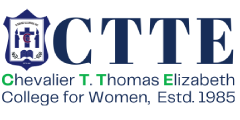


✅ Eligibility Criteria
Established in 1985, the Department of Mathematics provides a strong foundation in pure and applied mathematics, fostering analytical thinking and problem-solving skills. The program prepares students for careers in academia, research, data science, finance, and technology-driven industries.
Programme Highlights
Career Opportunities
Graduates can pursue careers as Data Analysts, Actuaries, Statisticians, Banking Professionals, Research Scientists, and Software Developers. Many pursue higher education (M.Sc. Mathematics, MBA, MCA) or specialized fields like Cryptography, Machine Learning, and Financial Mathematics.
